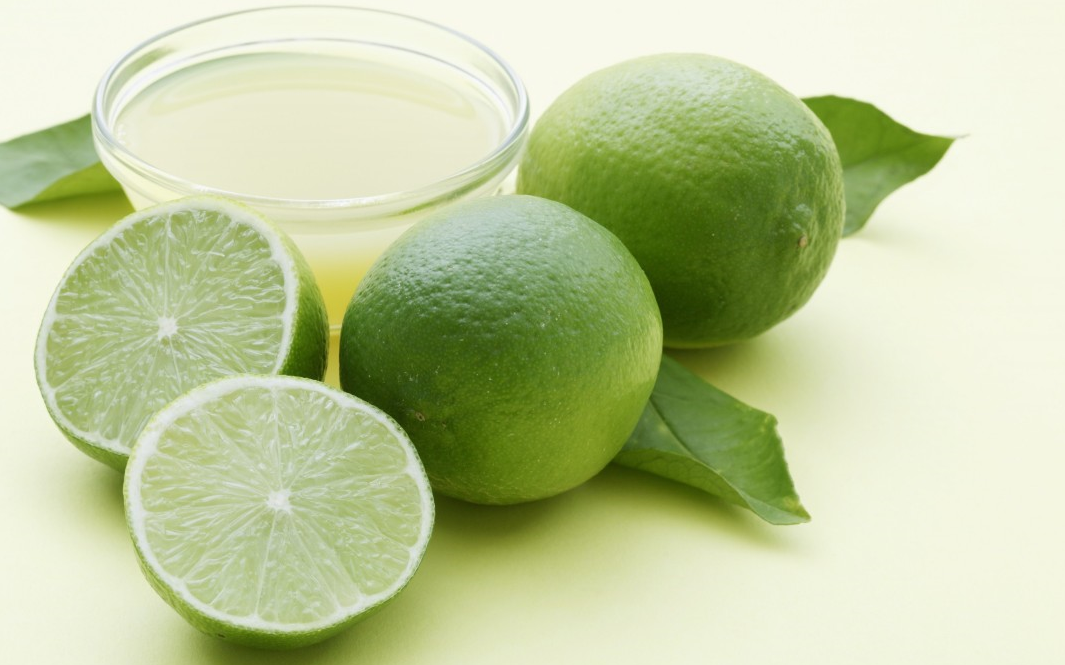What Is Phytophotodermatitis?

Watch out for lime cocktails at the beach. Foods as common as lime can interact with sunlight and trigger burning and scalding pain (phytophotodermatitis).
It sounds like something out of science fiction. When sunlight activates combustible chemicals in plants, they can cause phytophotodermatitis, a form of plant dermatitis that can damage your skin.
Lime juice is such a common trigger, the condition is sometimes called “margarita burn.” In one case study, a 21-year-old woman developed a rash on her arms, upper back, and thighs after her return from a tropical vacation. It turned out she had put lime juice in her hair to lighten it, then spent the rest of the day in the sun.
In another study, a 23-year-old woman came to a hospital emergency room with a painful, blistering rash on her hands after two days at the beach drinking mojitos a Cuban drink mixing rum and lime juice with mint.
People at greater risk are vegetable pickers, gardeners, bartenders, and hikers.
The risk is highest in mid-to-late summer, when the reactive chemicals peak in plants and your skin is most likely to be exposed to sunlight, and wet from swimming or sweating. If you handle citrus fruits, be sure to wash your hands immediately. Some people bring on the condition when they put lemon or lime juice on insect bites.
YOU MIGHT ALSO LIKE: Our Skin, Nail and Hair Care section
What triggers phytophotodermatitis?
The most common fruits and plants that can cause phytophotodermatitis belong to the rutaceae (limes, lemons), umbelliferae (celery, parsley, parsnips), and moraceae (figs) families. Juice from any of these foods can trigger the condition.
The umbelliferae family also includes wild carrot, mustards, dill, fennel, Queen Anne’s lace, and giant hogweed, all of which contain chemicals that react with sunlight.
The castor plant, typically grown in the U.S. for its strange beauty, has beans that can cause the condition. “Celery burn” is seen most frequently in grocers.
In addition to figs, the moraceae family, also called the mulberry family, includes rue (a common herb) and meadow grass. These are potentially dangerous if they touch your skin before it’s exposed to sunlight.
Before you go outside during the growing season, especially if you’re a gardener or a hiker, it’s a good idea to wear long pants and long sleeves and learn what these fruits and plants look like. Skin creams can be protective.
What are the symptoms of phytophotodermatitis?
Symptoms of phytophotodermatitis are different from symptoms caused by other poisonous plants. Phytophotodermatitis causes burning but not itching, occurs only on areas of your body exposed to sunlight, and often appears in a shape like a drip streak or a hand or fingerprint.
Rashes and lesions begin about a day after exposure, and they often will burn and blister. The rash or lesions last three to five days, followed by darkened skin, which may last for months and be sensitive for years.
How can you treat phytophotodermatitis?
Wash exposed clothes separately with hot water and detergent no later than the next day. Use topical steroids on your skin in the early phase of redness and blistering. Use topical antiseptics to prevent infection. By the time the skin pigmentation occurs, the inflammatory phase of phytophotodermatitis is over.
Don’t bother with bleaching creams. Evidence suggests they won’t work. Wearing clothes with a sun protection factor (or SPF) built into the fabric and using broad spectrum sunscreens should protect your skin from further sun exposure, which could cause the pigmentation to darken. It can be covered with cosmetic camouflage makeup.
Updated:
December 08, 2022
Reviewed By:
Christopher Nystuen, MD, MBA and Janet O'Dell, RN